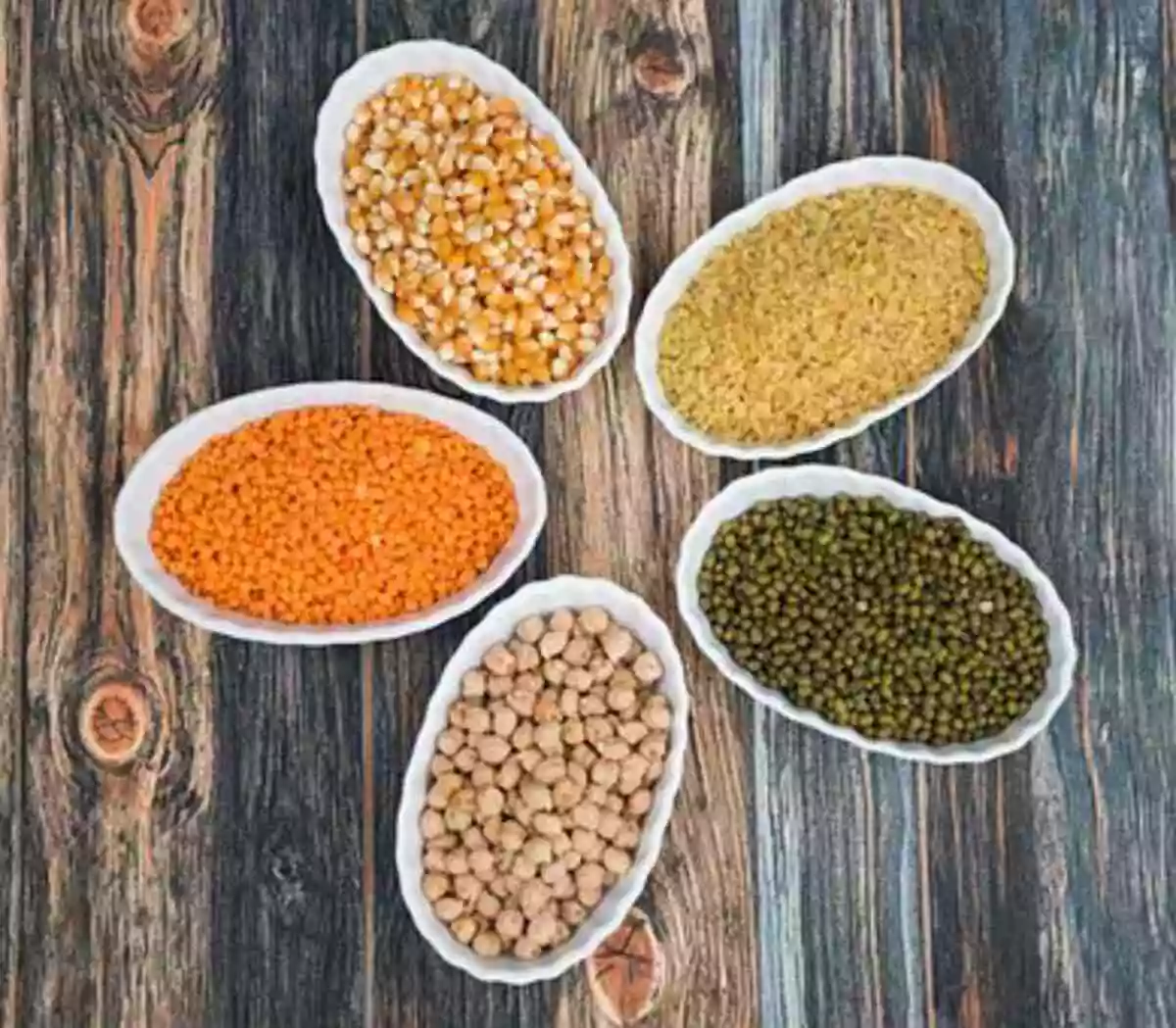

Whether you are planning to grow or consume them, legumes have several benefits you may not be aware of. Learn about their benefits and use them to create healthy dishes.
Historically, legumes were a staple food for large populations. They provide high concentrations of protein, carbohydrates, and fat. They are widely cultivated in North America and Asia. They have several uses, including forage, ornamentals, and cover crops.
The family Leguminosae includes over 18,000 species of plants. They are found on all continents except Antarctica. Nitrogen-fixing bacteria characterize them; compound stipulates leaves and a legume-type fruit.
Legume plants usually have a symbiotic relationship with bacteria, absorbing nutrients from the host plant and releasing natural fertilizer. The bacteria in these symbiotic relationships usually include Rhizobium. There are many strains of this bacteria, which occur with different hosts. The symbiotic relationship usually involves the injection of the seed with the bacteria.
Legumes are often grown for green manure, as a cover crop, and as a soil conditioner. They are also helpful for livestock forage.
Besides being a cheap source of protein and complex carbohydrates, legumes also provide an array of micronutrients, phytochemicals, and antioxidants. These are important in preventing cardiovascular disease, cancer, and osteoporosis.
Legumes are also attractive to health-conscious consumers. This is because they is because they are low in fat and cholesterol and have a high nutrient density. They are also an inexpensive source of dietary fiber.
Legumes are also crucial for people who have diabetes. They have been shown to lower blood glucose levels and systolic blood pressure. In addition, they may also have cardioprotective effects. They are also an important source of B-group vitamins and essential minerals.
Legumes are also a good source of iron. Having high levels of iron helps prevent anemia. In addition, legumes contain bioactive compounds such as flavan-3-ols and proanthocyanidins.
Whether you’re a vegetarian or a meat eater, legumes are a nutritious addition to your diet. They’re high in protein, fiber, and minerals like calcium and iron. They also reduce cholesterol and improve blood pressure.
Legumes are also very high in antioxidants. These antioxidants help fight free radical damage and support immune function. They may also reduce the risk of colorectal cancer.
Eating beans can also improve weight control. In one study, people who consumed beans daily had a 22 percent lower risk of obesity. They also had smaller waist sizes and lower body weights.
Besides protein, legumes are high in fiber, which promotes satiety. Wool is also associated with lower blood pressure and blood sugar levels. In addition, fiber promotes the growth of healthy bacteria in your gut. These bacteria can break down hard-to-digest foods in the gastrointestinal tract.
Sprouting legumes are a nutritious addition to your diet. They contain essential nutrients, such as fiber, protein, iron, magnesium, zinc, and niacin. They are also easy to digest and low in calories. You can even make sprouted legumes into granola.
You can sprout various legumes, such as garbanzo beans, black chickpeas, mung beans, and adzuki beans. Some legumes, such as soybeans, are a bit difficult to sprout. They require soaking and rinsing, so follow the directions for your specific legume.
Soaking your legumes is a simple process. You will need a large bowl and a sprouting jar with a sprouting lid. Soak your legumes for 10-12 hours. Once they are soaked, please place them in the pot and secure them with a cover. Rinse the pot at least once a day, and drain the excess water.
Using legumes is an effective way to provide a good source of protein. Aside from providing a steady stream of energy, they are also suitable for digestive health. They contain a high amount of fiber which is beneficial for bowel health. They are also low in glycemic index and promote sustained energy release.
When cooking legumes, it is recommended to use a slow cooker. However, if you plan on cooking a large amount of them, you should choose a three 1/2-quart model. This will help you to maintain an alkaline environment, which is ideal for retaining moisture in the legumes.
You may also soak legumes in water before cooking. This technique helps to remove the dark pigment and other undesirable nutrients in legumes. Soaking legumes is also helpful when you are trying to reduce flatulence. It also helps to improve the texture of legumes.
The vibrant universe of online casino games is teeming with a plethora of options that…
In the bustling world of online casinos, OLXTOTO stands out as a popular platform for…
Dubai, with its iconic skyline, golden deserts, and architectural marvels, is a dream destination for…
Introduction Travel has always been a gateway to personal growth and unforgettable memories. For many,…
Introduction Asphalt paving plays a crucial role in shaping the infrastructure of Moreno Valley. Whether…
Hello there, adventurous gamer! If you’ve been exploring the vast universe of online slots, chances…